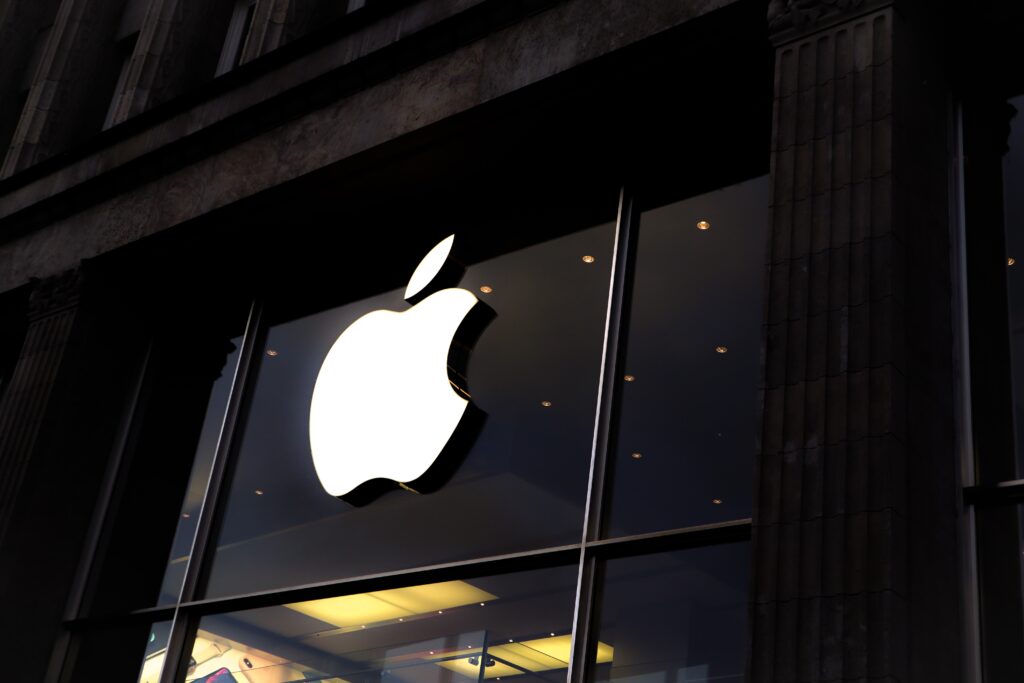Af Morten Suhr Hansen
In 2003, Apple’s legendary founder and CEO, Steve Jobs, gave an interview for the American music magazine Rolling Stone. The occasion was the release of the very first subscription-based music services like Rhapsody and Pressplay. Steve Jobs was asked if the way forward for Apple and the music industry went through subscription models. This was blatantly dismissed by Steve Jobs with the now infamous qoute: ”The subscription model of buying music is bankrupt. I think you could make available the Second Coming in a subscription model, and it might not be successful”.
That way, all thoughts about subscription was closed down. Not just in the music area but generally, because Apples entry into the subscription space was in no way cultivated in Steve Jobs’ garden.
Apple’s hesitation on the subscription market gave Spotify and similar music services the opportunity to grow and when Apple finally launched Apple Music in 2015, Spotify already had 90 million subscribers.

Therefore, it’s even more remarkable (and impressive) that Apple as of February 2023 could announce that, at the end of 2022, had a staggering 935 million paying subscribers across all of their services. And by the way, that is a growth of 35 million subscribers in just three months!
Obviously, the news have spread over the subscription world, so let’s dive in to the numbers and the strategy behind this impressive growth.
Looking behind the impressive subscription numbers
Let me get one thing clear here. The 935 million subscribers cover both subscribers on Apple’s own services AND all subscriptions on Apple’s platforms. This means that subscriptions to external services sold through the App Store are also part of the 935 million.

Nonetheless, the money speaks for itself. Apple is reporting fourth quarter revenue of 20,8 million USD from their subscription business alone. A growth of 6%, which, I’ll remind you, must be seen in the light that Apples overall revenue has decreased by 5%. There is no doubt that the subscription area will become increasingly important for Apple in the future. This is underlined as well by Apple’s own statement that the number of active units across iPhones, iPads, Macs and Apple Watches has now reached 2 billion, which, according to Apple, gives the reason to believe in even more subscribers in the future.
Apple’s own subscription services is an important part of the strategy
Even though most of the 935 million subscribers are probably coming from subscription services sold through Apple’s platforms, there is no doubt that Apple’s own subscription services are a huge part of their strategy and my assessment is that Apple, within a few years, will be taking considerable market shares.
Among Apple’s subscription services you will find Apple Music, iCloud+. Apple TV+, Apple Arcade, Apple News+ and Apple Fitness+. Right now, it’s especially Apple Music and iCloud+ that lead the way for Apple, but Apple TV+ is slowly starting to grow and is becoming a significant competitor for Netflix and Disney+. Especially in the US, where several large sport broadcasting rights has been acquired for the service. Apple Arcade is still in its youth, but many experts are expecting great opportunities for Apple’s gaming service.
An important part of Apple’s strategy revolves around bundling their different services in one attractive package and that way, secure that the most popular subscription services can pull up the less attractive ones. Apple One is the name of the service and in the US you can purchase all six of the above-mentioned subscriptions for just 16,95 USD a month. In Denmark, it’s a bit more steep. Here, Apple One costs around 22,50 USD and includes the four subscriptions that are available in Denmark: Apple Music, Apple TV+, Apple Arcade and iCloud+.

How many subscribers Apple has right now on their own services is not clear. Only the number for Apple Music is public and is closing in on 100 million. My guess is that Apple’s own services have around 200-300 million subscribers, which makes Apple a true magnat in the subscription space.
And back to Steve Jobs…
As I mentioned in the beginning, Steve Jobs was not a big subscription enthusiast. Even so, I’m not looking to decimate his heritage. I have great respect for the movement that he and Apple started. And in some way, I think that Apple’s success in the subscription area comes back to Steve Jobs’ vision of a closed ecosystem, where the interplay between products and the content we consume on them, is made accessible in the most simple and convenient way. And here, Apple’s and the external services come in to play perfectly.
And it’s also worth noting that in a time where it has become popular to talk down the potential of subscriptions with consumers, the latest numbers from Apple show the exact opposite. Fortunately.

